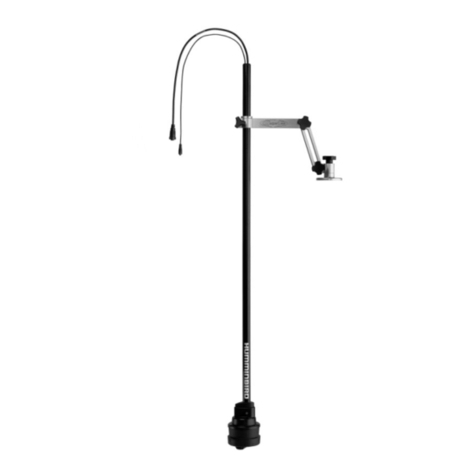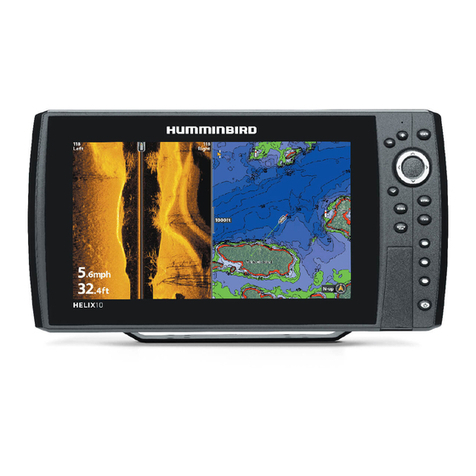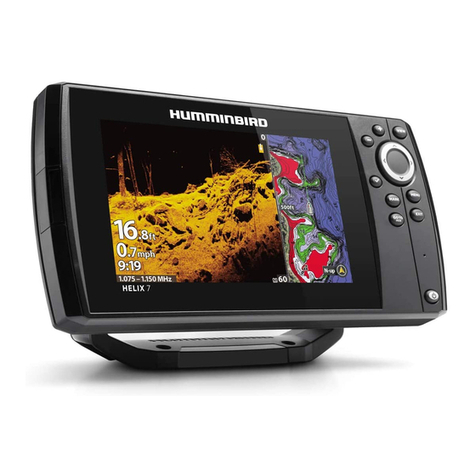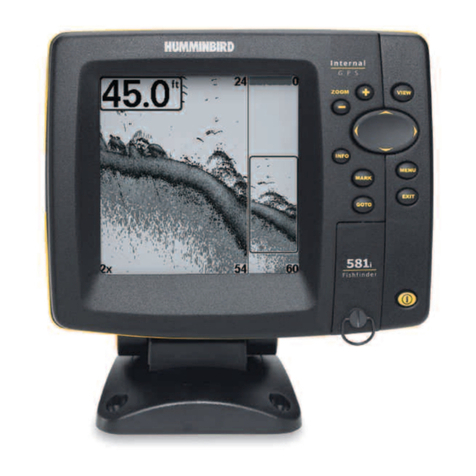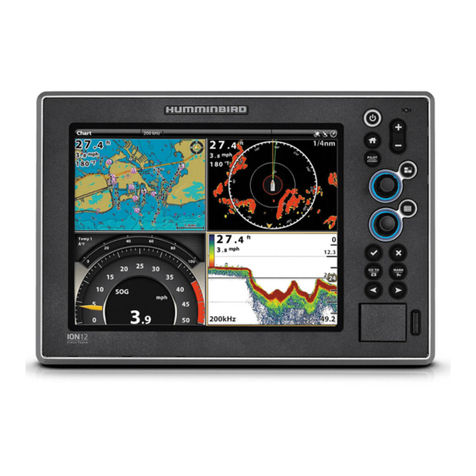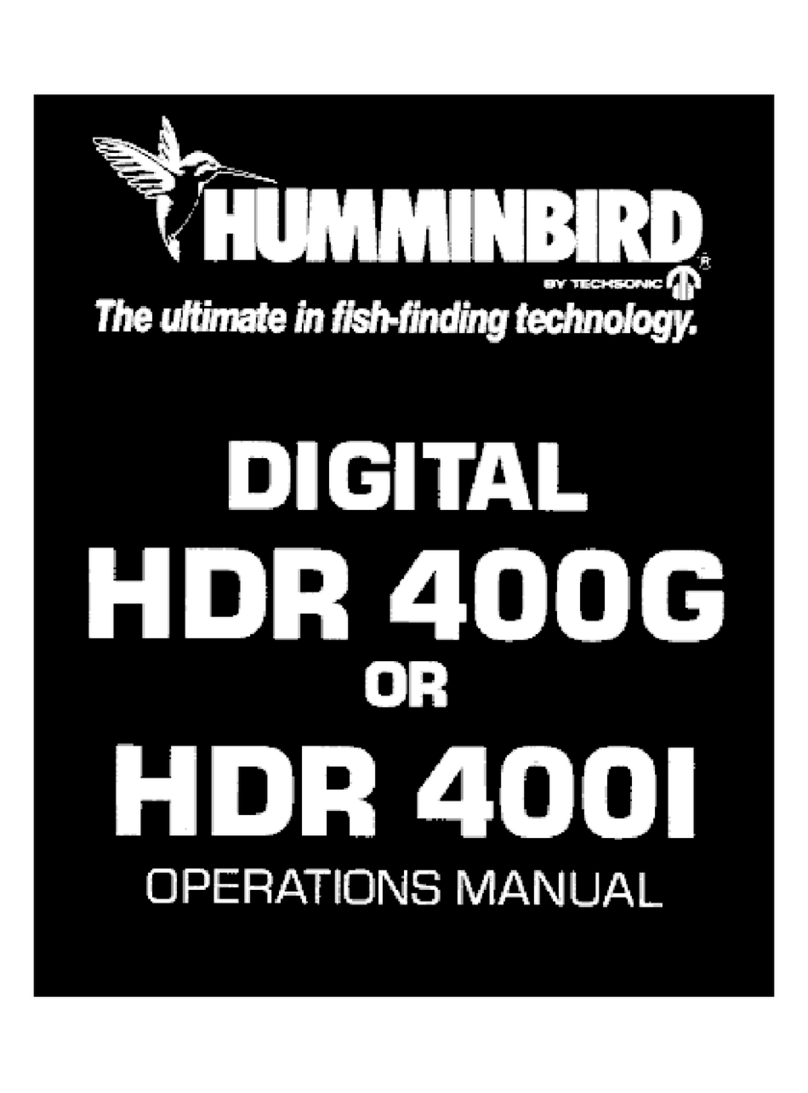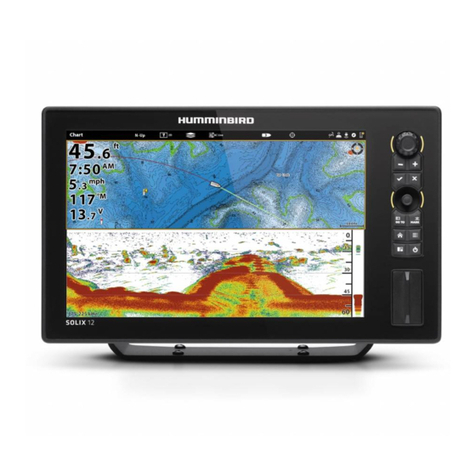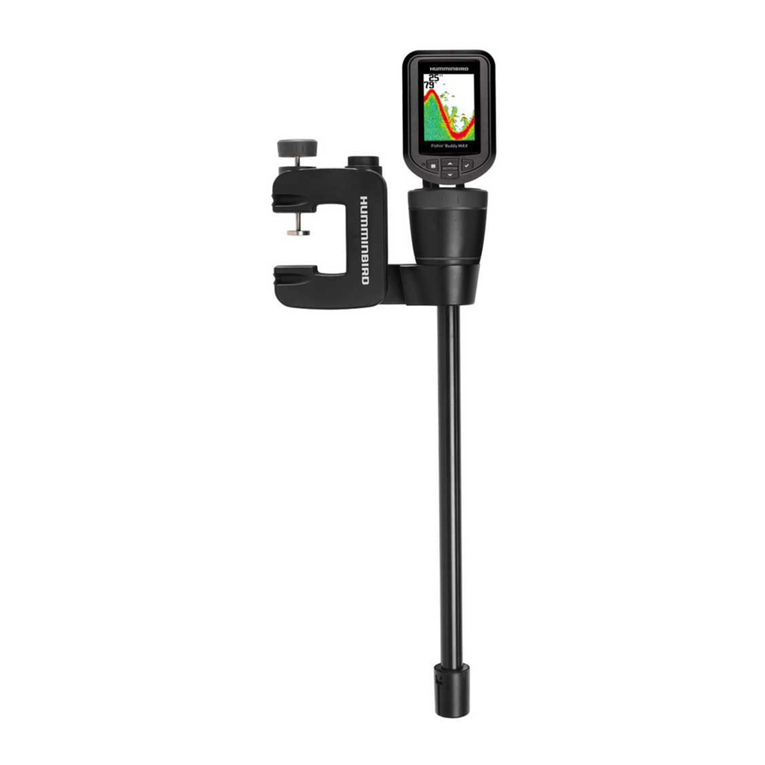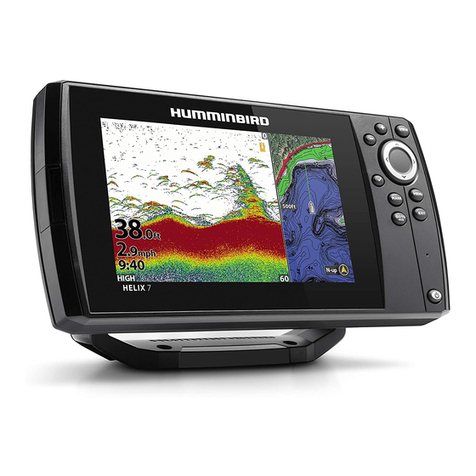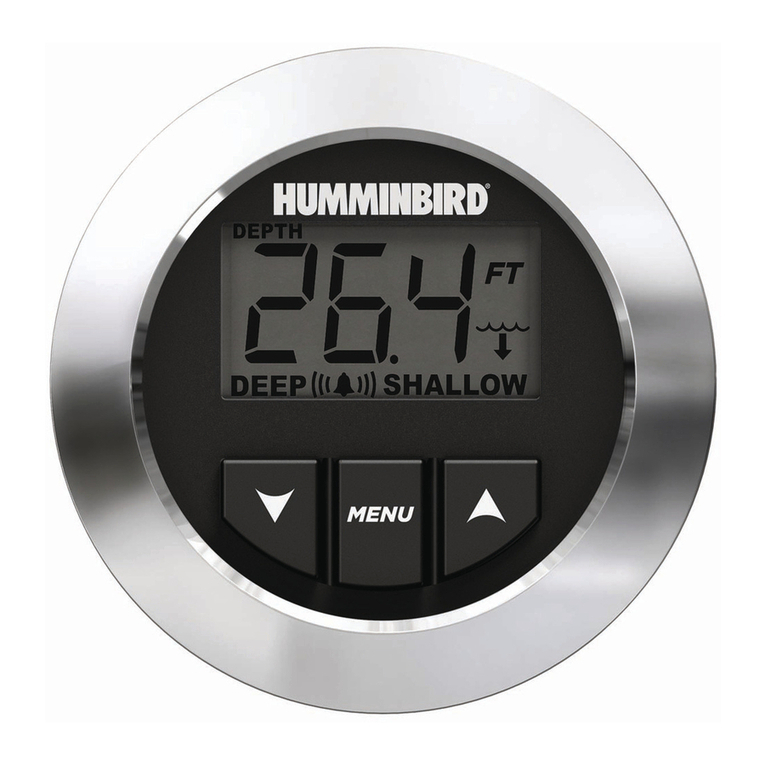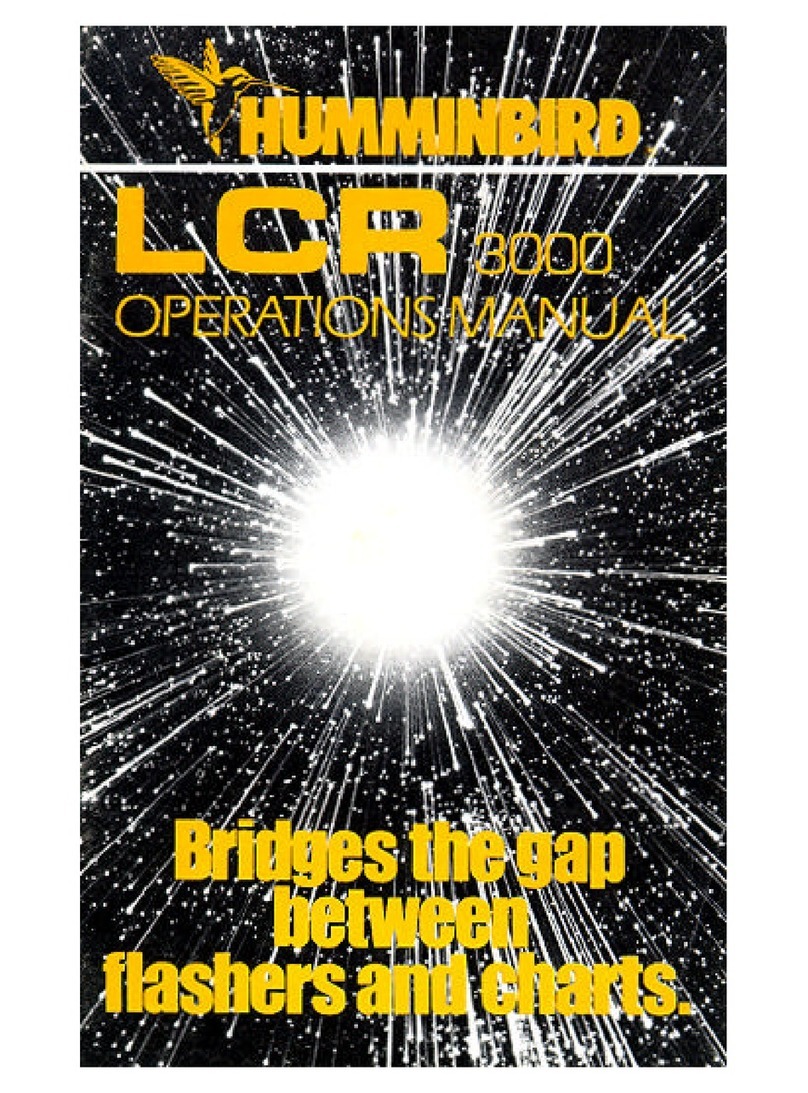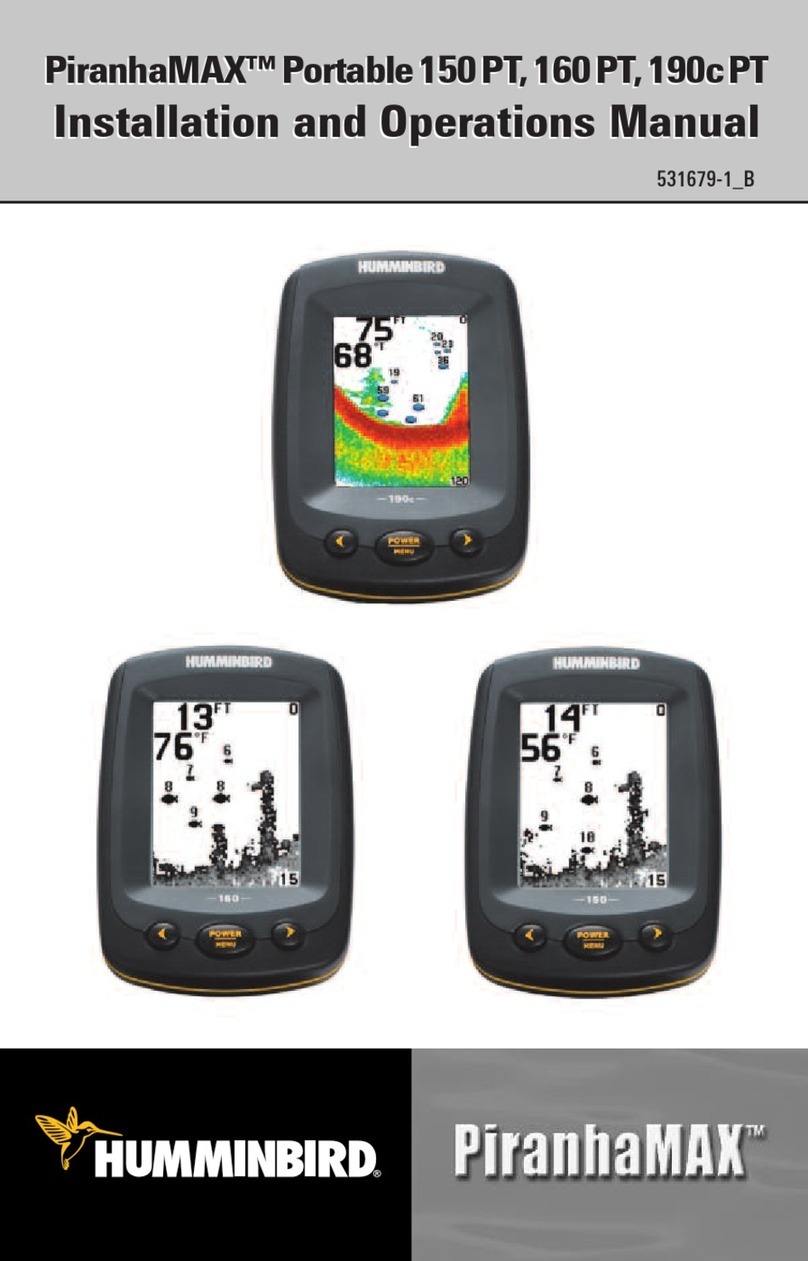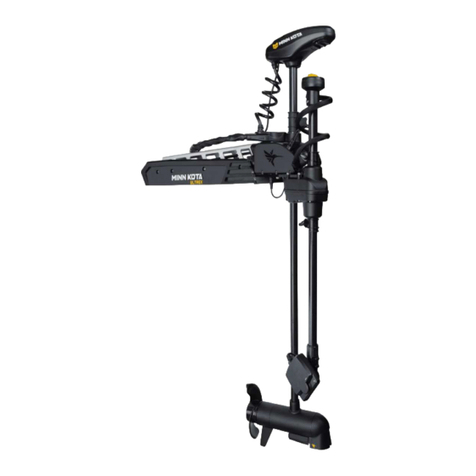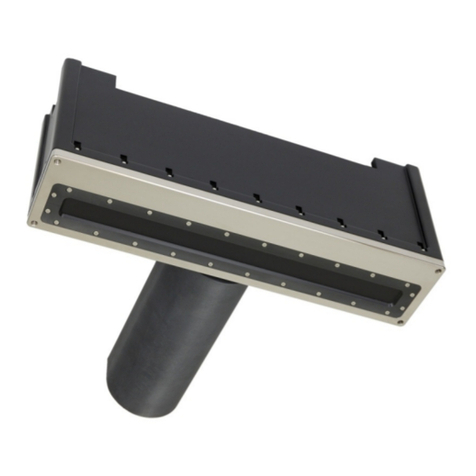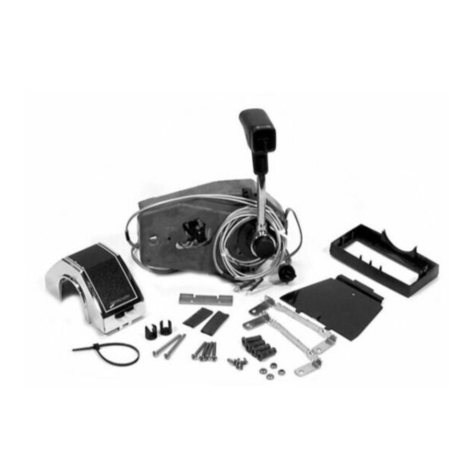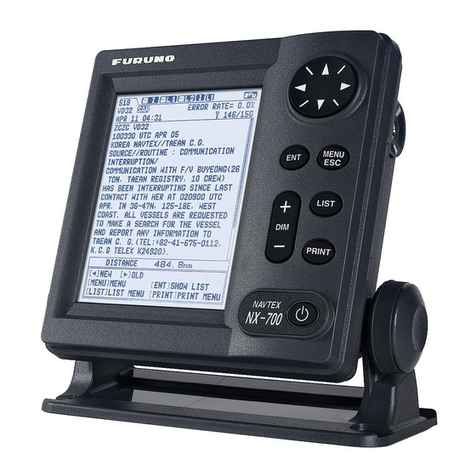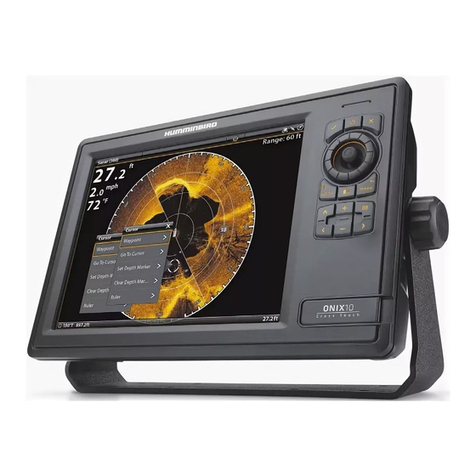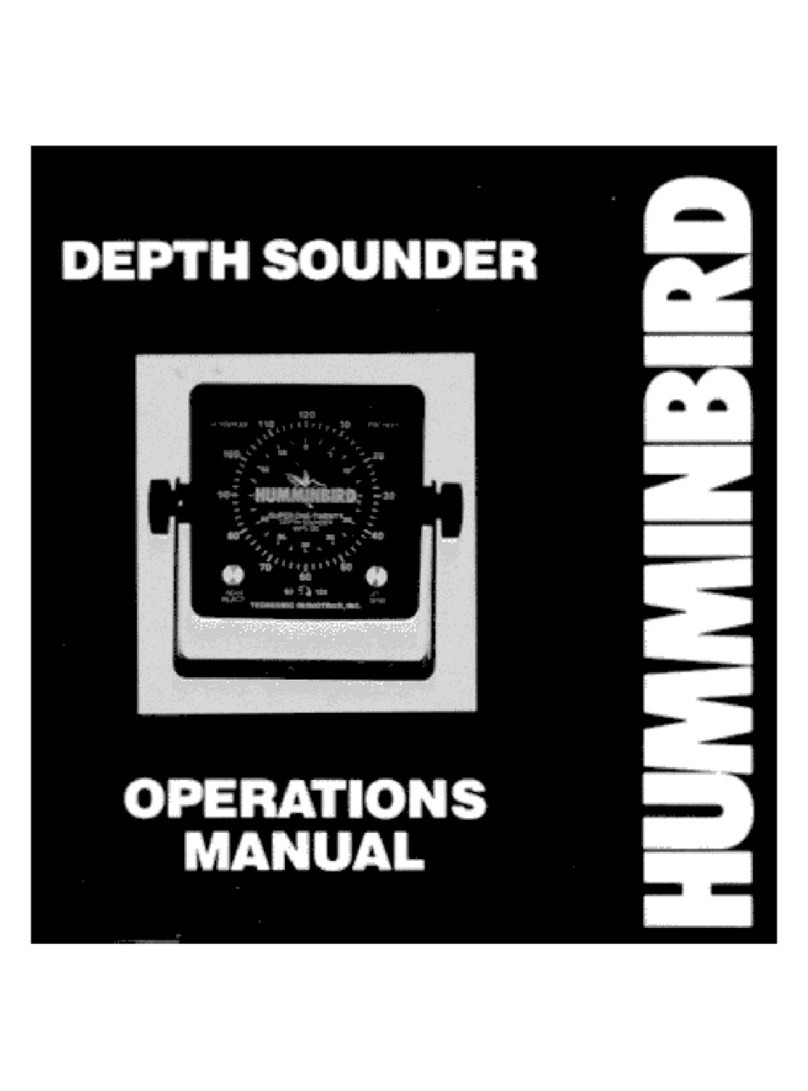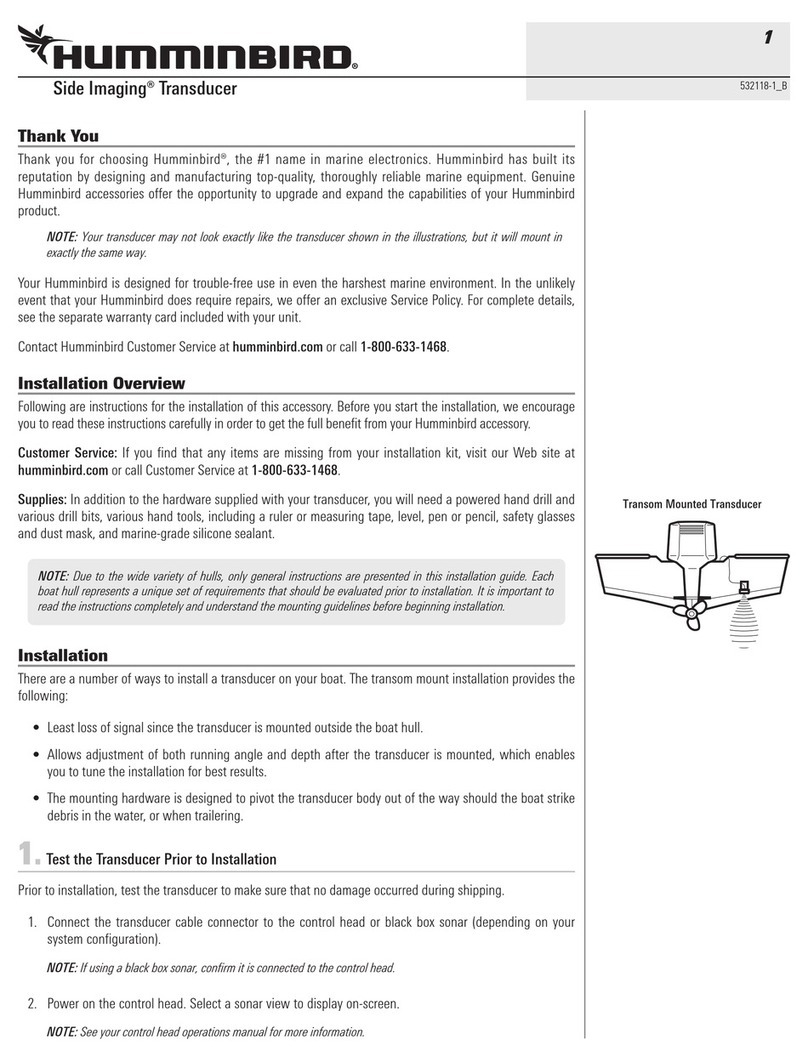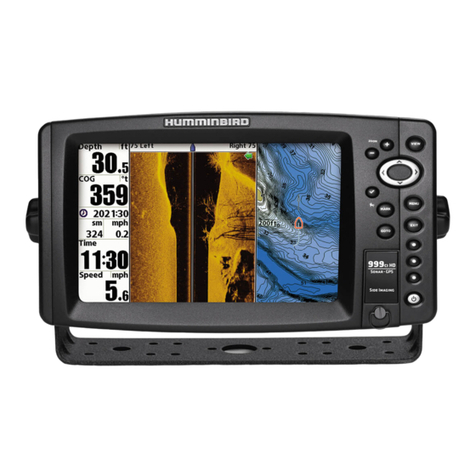
Before attempting to install or operate your Humminbird LCR, it is recommended that you read the
operations manual thoroughly. The LCR is totally new concept in sonar and has a number of special
features not found on any other recorder. To completely understand all the features of the LCR, we
suggest you follow the instructions set forth in this manual. If, after reading the instructions, there is
something you do not completely understand about the operations of your unit, we recommend you
contact our Customer Service Department-CALL 334-687-0503.
IMPORTANT:
Complete your warranty card and return it to us immediately.
INTRODUCTION
Congratulations on selecting the most advanced piece of sonar equipment ever designed. Your new
Humminbird LCR (Liquid Crystal Recorder) incorporates the most advanced, innovative
Concepts in sonar equipment. The LCR is probably the most intelligent depth sounder ever created.
Advanced microcomputer technology is used to simplify its operation, not complicate it , so you can
quickly learn the basics of operating your unit. After a couple of trips on the water, you will be operating
your unit like an expert.
Your Humminbird LCR has a number of outstanding features including a unique automatic feature.
This
Computer controlled feature makes using your LCR as simple as pushing the “On” button. The
computer will automatically adjust the sensitivity, change the depth scale even if the bottom goes off
the screen and black out everything below the bottom to make the display easy to read.
Other features include a High Visibility LCD readout, night light, low profile swivel movement,
waterproof enclosure, four depth ranges beginning with a super-shallow 15 foot depth range, and more.
Read this operations manual thoroughly for all the outstanding features of your LCR. You will be
amazed at its capabilities.
Since there are virtually no moving parts, your LCR will function more trouble free than any sonar unit
you have ever owned.
This unit has been engineered, tested, manufactured and is guaranteed by the employee/owners of
Humminbird, a division of Techsonic Industries, located on the shores of Lake Eufaula, Alabama.
Fishing, boating and depth sounders are our business, and at Humminbird we stand behind our
products 100%.
Your new LCR is covered by our Lifetime Guaranteed Service policy. We wish you good luck, good
fishing and many hours of pleasure with your new Humminbird LCR.
THEORY OF OPERATION
Your Humminbird LCR works on the basic principal of sonar.
An electric signal is generated within the control head of the unit. When coupled to the to, this signal is
converted to an ultrasonic signal and is transmitted toward the bottom. The speed of the ultrasonic
signal traveling through the water is approximately 4800 feet per second.
